By Lara Drasin
Read Part 1 of this interview HERE.
Bryonn Bain is a UCLA professor jointly appointed in the African American Studies and World Arts and Cultures/Dance departments, as well as a prison activist, spoken word poet, hip-hop artist, actor and author. He is the founder and director of UCLA’s Prison Education Program, which was launched in 2016 to create innovative courses that enable UCLA faculty and students to learn from, and alongside, participants incarcerated at the California Institute for Women (CIW) and Barry J. Nidorf Juvenile Hall (BJN).
Rosie Rios is the administrative director of UCLA’s Prison Education Program.
LD: Many of the concepts behind Theater of the Oppressed sound a lot like improv.
 BB: Absolutely. The culture of “yes, and” is really about being solution oriented [by saying] “here we are, how are we going to make this work?” Being flexible and able to adapt in the correctional facilities is an essential skill. You cannot survive if you can’t figure out a way to deal with constant change.
BB: Absolutely. The culture of “yes, and” is really about being solution oriented [by saying] “here we are, how are we going to make this work?” Being flexible and able to adapt in the correctional facilities is an essential skill. You cannot survive if you can’t figure out a way to deal with constant change.
I taught courses at Rikers Island over a 10-year period. The city jail in LA has more people than any other city jail in the country – or the world – but Rikers Island is the largest penal colony. It’s 10 jails on one island and there were between 14 and 15 thousand people incarcerated there when I first started teaching classes. I developed relationships with a lot of the folks inside and over that time, enough trust built up that I was able to work with them to do poetry, theater, and film classes.
They actually let me film Lyrics From Lockdown there. It was the last December of the Obama administration. Rikers Island rarely lets anyone film there, but we had been planning the shoot for nine months, and two weeks before we were going in to film, we got a call from the White House. The Obama administration invited Academy Award winner Tim Robbins and my crew to go there and bring the production. We were like, “That’s great! That’s amazing!! When?”
And they said December 17. That was the day we’d been planning to go to Rikers Island. So we turned down President Obama and the White House to go perform at Rikers Island. Of course, we showed up at Rikers and it was raining cats and dogs. We had a 20-person film crew covering their equipment with garbage bags so that it didn’t get destroyed. And as we get to the wing where we were supposed to shoot, the correctional officers come out and tell us that they actually had a lockdown. They tear-gassed the wing where we were supposed to perform and weren’t sure if we were going to be able to go through with the shoot.
In that moment, you can imagine the kinds of things I’m thinking to myself. But what are you going to do? “Yes and,” right? So we figured out how to adapt to the situation to make it work. After seven hours, we were able to go in and do the show and bring a little bit of hope and, hopefully, a little bit of joy to our brothers who were there and could use some of that at that time.
“Some of those people behind bars are our most talented folks and brilliant minds. We cannot forget they locked up Mandela and Martin and Malcolm and Socrates.” — Professor Bain
LD: How did the incarcerated students you were working with respond to being asked to write poetry?
BB: It’s overwhelmingly positive. There is sometimes some initial hesitation, especially the younger you go, for a range of reasons. But two experiences crystallize what I find most valuable about those experiences.
One was the first time I taught in a juvenile facility that was not predominantly black and brown, which most of the facilities in New York and LA are. I was in the Clark County Detention Center in Ohio doing a residency with Wittenberg University. I asked if we could do something at the juvenile hall since it’s right down the street and they let me bring in professors and students.
On a Monday, I performed there and hosted a workshop for mostly 15-year-old white boys. I’d never had a class like that, but I did my thing. They got really into it, so I decided to go back on Wednesday and do a poetry slam. There was this one student – named James, who was sentenced to 98 days at the facility and was scheduled to be released that Tuesday.
LD: He stayed for the slam?!
BB: He requested a 99th day so he could be in the slam on Wednesday — and then he won! So he left the next day a champion of language; of education; of poetry. He had a new relationship to literacy and his own sense of agency with the wind at his back.
Another situation that stayed with me is when we launched the NYU Prison Education program, the first for-credit program at NYU in 2013. We created an application process for all of our courses so they are taken very seriously. We asked every student, “Why do you want to participate in higher education while you’re in prison?”
One young brother looked at me and said, “I need to pursue college in prison because prison is like Medusa. If you focus on it too much, it will turn you to stone. I need to focus my attention somewhere else.” And that just gave me chills. All I could say was, “Please take my class!” That stays with me.
I think people in prison are some of the easiest folks to forget about. Part of the Prison Education Program’s mission is to make sure we realize that we have folks who are valuable members of our families, our communities, our city and country who are incarcerated. And some of our greatest minds — our greatest geniuses — are incarcerated. Look at the statistics, and it’s not even just 1 in 10, but as much as 1 in 3 or 4 of the folks in our communities are incarcerated, depending on which demographic you consider.
Some of those people behind bars are our most talented folks and brilliant minds. We cannot forget they locked up Mandela and Martin and Malcolm and Socrates.
Many in prison simply could not stay on the conveyor belt and do what everybody else did. Some folks made mistakes they should be able to learn from by being introduced to more humane interaction with others than prisons make possible. Others rebelled in a certain way, or just didn’t fit into the mold or the system, or simply made bad choices.
We have countless folks locked up for the use or sale of substances state governments have either since legalized, or should decriminalize since the Center for Disease Control determined addiction is a disease. It should be treated as a public health and wellness issue — not a matter for criminal prosecution or punishment. You can’t lock away addiction and the economies it generates and expect them to disappear. Prisons are an ineffective solution to this problem as they are most others. They only make it worse. There is a trillion-dollar, global pharmaceutical industry turning profits by engaging in the practice of medicating to treat trauma, illness, and addiction that we are locked up for every day in this country — and the U.S. is the number one importer of pharmaceutical drugs in the world.
Countless others still are wrongfully charged and awaiting trial for stretches of time so long they are undeniably cruel. And others, like my friend Nanon Williams in Texas, are convicted of a crime they did not commit. He was thrown on Death Row at 17 for a crime even a federal judge says he didn’t commit, and has been behind bars surviving in cages for over 26 years.
So I think about the work we do not as for charity, but for change and transformation. It’s for creating opportunities not just to teach folks who are incarcerated, but also to learn from folks who are incarcerated and ensure more voices are heard and involved in shaping the direction in which the nation and the world are moving. If we forget about these folks, we are losing out on the invaluable opportunity to actually participate in learning with and from them.
LD: I know that you work in facilities for both men and women, as well as boys and girls. What are the similarities and differences have you found in introducing your curricula in both male- and female-serving facilities?
BB: We should ask Rosie — she just came directly from teaching the girls inside today.
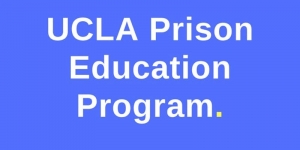
RR [Rosie Rios, UCLA’s Prison Education Program Administrative Director]: At the juvenile hall, a lot of the girls are coming from very, very traumatic experiences. Today, we asked about their neighborhoods. We were talking about how our neighborhoods are at night. You hear the helicopters and hear gunshots and you’re coming from this place of almost war, right? War between neighborhoods, and you have to survive.
The girls even wrote a letter to UCLA professors and students who are going to come into the facility saying, “Please understand where we’re coming from. It’s like we never got a chance to be kids. We never had a chance to really live. The only thing we know is how to survive.”
And that applies to both boys and girls. But I think the girls just need a lot of care and more therapy. Their focus is also very different, because they’re thinking about back home. A lot of them are mothers at a young age. So a lot of them are figuring out who they are, but also thinking about how they’re going to care for their kids.
LD: When did you know you wanted to focus on prison education? When did you get involved with the arts, and how did that factor into your decision to go to law school?
BB: I was always a student activist and involved in organizing, but I actually went into a prison for the first time not as an activist, but as an artist. I was a teenager when I was invited to perform inside by a sister named Paula Medina (Black Paris Productions, Middletown, New York). My brothers, cousins and I had a crew — a hip-hop, spoken word poetry crew. We sang blues songs and performed all over New York. Paula was the head sister in charge who helped young artists to get a platform — and we wanted a platform. She said to us, “If you come perform in the prison with me for the holiday show, then I’ll put you on!”
We didn’t want to act nervous, but in 1989, we were like, “Are we going to be okay?” We had all the assumptions of everybody who’s been fed misconceptions of what’s in prisons through television and movies. But the experience was so amazing for us — it was transformative. We performed; we sang; we rapped; I spit poetry; we banged on the tables. Then we broke bread, and the brothers in there looked like our uncles, cousins and fathers. They were us. And once we saw that they were us, it changed how we understood and thought about the experience of incarceration.
We went back every year for the next decade or so and performed during the holidays. The brothers inside were so grateful that we didn’t forget about them. A decade later in 1999, I had my own experience of being behind bars. And when it was NOT on a voluntary basis, I felt very differently about the situation. It makes a big difference when you have the privilege of going in and leaving at the end of the day.
So the shift in bringing activism into the prison space happened when I had my own experience with the NYPD and was locked up for a brief amount of time, but in several correctional facilities in New York City. My days inside can’t compare to decades of trauma experienced behind bars — or the 44 years in solitary one of our elders from the Angola 3 survived, but it was enough to change my relationship to prisons forever.
I finished law school and suddenly had a different kind of access to these institutions because I had this very elite, very privileged education. And so my thinking was, “How can I be of service to the movement we need to end this prison crisis? How can I leverage my skills and talents, the media, and my access to educational institutions to be an agent of change? To share resources up on the hills that universities gather them on to folks who have been denied access, but would do so much good with them? How can I bring together those in these vastly different spaces who have so much to learn from each other? I felt that would transform not only the lives of incarcerated people, but also the lives of folks in the university space, and the communities most of us ultimately return to after our experiences in either (or in my case, both). Building bridges between these spaces of extreme privilege and extreme marginalization I have been thrown into is a direct result of my life experiences.
But I also had a professor, Kellis Parker, who came and got folks out of jail when we were politically active in college. He was a law professor, and as an undergrad, I would sneak into his lectures. After graduating top of his class at Howard Law, he was the first black law professor at an Ivy League school. Tenured at 26, Dr. Parker — or “Doc” as we called him — taught classes at Columbia Law School with his trombone, using jazz principles, and it blew my mind. He taught law using slave narratives to talk about how when the American legal system did not protect the rights of enslaved Africans, the Indigenous, or immigrant communities of people of color, we had to find ways to create a sense of right and wrong for ourselves. Black folks actually used our stories and storytelling as a powerful tool to understand how should we treat each other.
The infamously dehumanizing Dred Scott case told us that you cannot go into court and expect your rights to be respected over any white person’s rights. So it was powerful for law students to get exposed to that. It was life changing for me to get exposed to that and his whole thinking about jazz as a metaphor for democracy and every voice being heard. At the same time, he helped me understand that improvisation is not just chaos. It’s not “anything goes.” It’s learning how to adapt to an ever-changing environment and develop that muscle.
I think this is a core piece of education that is missing in so many spaces today. We do not know what jobs, what world we’re preparing students for 10 years from now — even five years from now. The world is changing way too fast. You used to make a five-year plan and follow through. Now you have to change your five-year plan from week to week. Well, we do know that whatever the challenges are that we’re preparing students for down the road. They’re going to need creativity. They’re going to need adaptability. They’re going to need those improv muscles to be in shape.
LD: Right. In order to create change, we have to first be able to imagine it. And we can’t do that without encouraging everyone to be creative.
BB: We all have to find the artist within. Rosie and I just spent time in two prisons in the UK with two other UCLA students and several from Cal Poly Pomona. We spent days in workshops and building with staff, educators, and men incarcerated in the Brixton prison and the Whitemoor prison, where Cambridge University and the University of London just began offering courses. We are working to develop relationships with them like the ongoing exchange we have with the Center for the Theater of the Oppressed in Rio de Janeiro, Brazil.
One of the English educators who we brought here last year is Ken Robinson. He came here as part of Professor Pedro Noguera’s conference on transforming schools. Robinson tells this revealing story about a young girl in England who was punished because she was misbehaving. She was seen as “badly behaved,” so the teacher said, “Get out of my class!” and told her mother to take her to a doctor to get her checked out for a mental disorder of some kind. So her mother took her to a doctor who spoke with her for a while and then at a certain point said, “I’m going to sit outside and speak with your mother. We’ll be right back.” As he walks out of the room, he turns the radio on and as soon as the mother and the doctor walk out, the little girl stands up and starts dancing and moving to the music. She’s in the zone. The doctor peeks through the blinds, sees her, and shows her mother.
When they go back in the room, of course the little girl sits down because she’s like, “I got to be still now; there are adults in the room.” The doctor says to the mother, “Your daughter is not sick. She’s a dancer. She doesn’t need a hospital. She needs a dance school! Take her to this dance school and come back in a couple of weeks.” So they go to the dance school and a couple of weeks pass. They come back and the doctor says, “So how was it?” The girl says, “It was the most amazing place! It was filled with people just like me. People who had to move to think.”
The little girl grew up and later became part of the Royal Ballet. She had a brilliant career as a dancer and then left to be one of the leading choreographers on Broadway for blockbuster hit shows like Cats. Had this little girl never been introduced to a doctor who could see her untapped potential — who believed in her capacity for genius — possibilities in her to do something beyond just “be a problem” (which is how she was written off initially) — she might have been seen as having ADHD. She might have been injected with psychotropic drugs, or given Ritalin, or otherwise misdiagnosed, just as I was when they didn’t believe that I could actually be who I said I was when I was unjustly arrested.
She went on to make millions of dollars, bring joy to millions of people’s lives, and by all measures, had a very successful career as an artist. And it was because of somebody who was not an artist, but still saw the value of her creativity and the value of imagining possibilities beyond those that had been imagined previously as within reach. I think that’s the role of artists: the artists in each of us, and of the arts in the social sciences and law. My mentor’s mentor, Paul Robeson, said “Artists are the gatekeepers of Truth.” I believe challenging folks to use imagination — to see a world that’s better than the one that we’re living in, one in which we find the common humanity in all of us, that is the greater vision of the work we do.
LD: How do you decide to focus on systemic change versus focusing on maybe just making someone’s day better? Do you even decide, or do you focus on both?
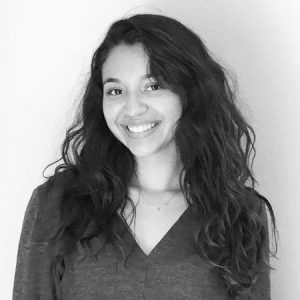 RR: It goes hand in hand, right? You can’t just choose one over the other. But even our going into a class once a week or once a day is going to turn into a long-term change. We never know which of these (incarcerated) girls are future senators. She will be making systemic change. I think there’s no one right place to start. Just start somewhere. It’s hard to see it, but especially with such personal work, eventually you will see the change.
RR: It goes hand in hand, right? You can’t just choose one over the other. But even our going into a class once a week or once a day is going to turn into a long-term change. We never know which of these (incarcerated) girls are future senators. She will be making systemic change. I think there’s no one right place to start. Just start somewhere. It’s hard to see it, but especially with such personal work, eventually you will see the change.
That’s what keeps me going, too. I see it and I have so much hope for these girls. Knowing that they’re not going to be in there for the rest of their lives. They’re going to be changemakers. They already are.
###
This interview has been edited for clarity.



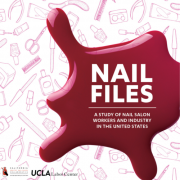
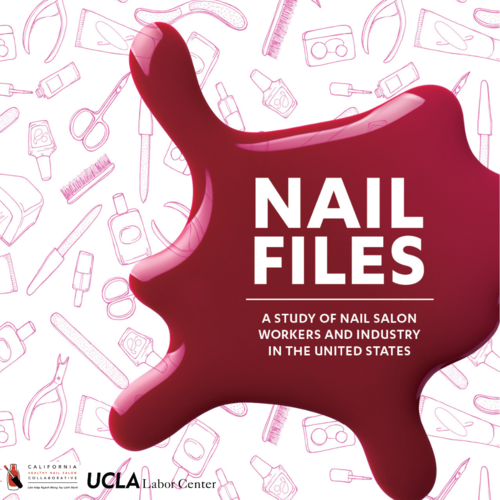


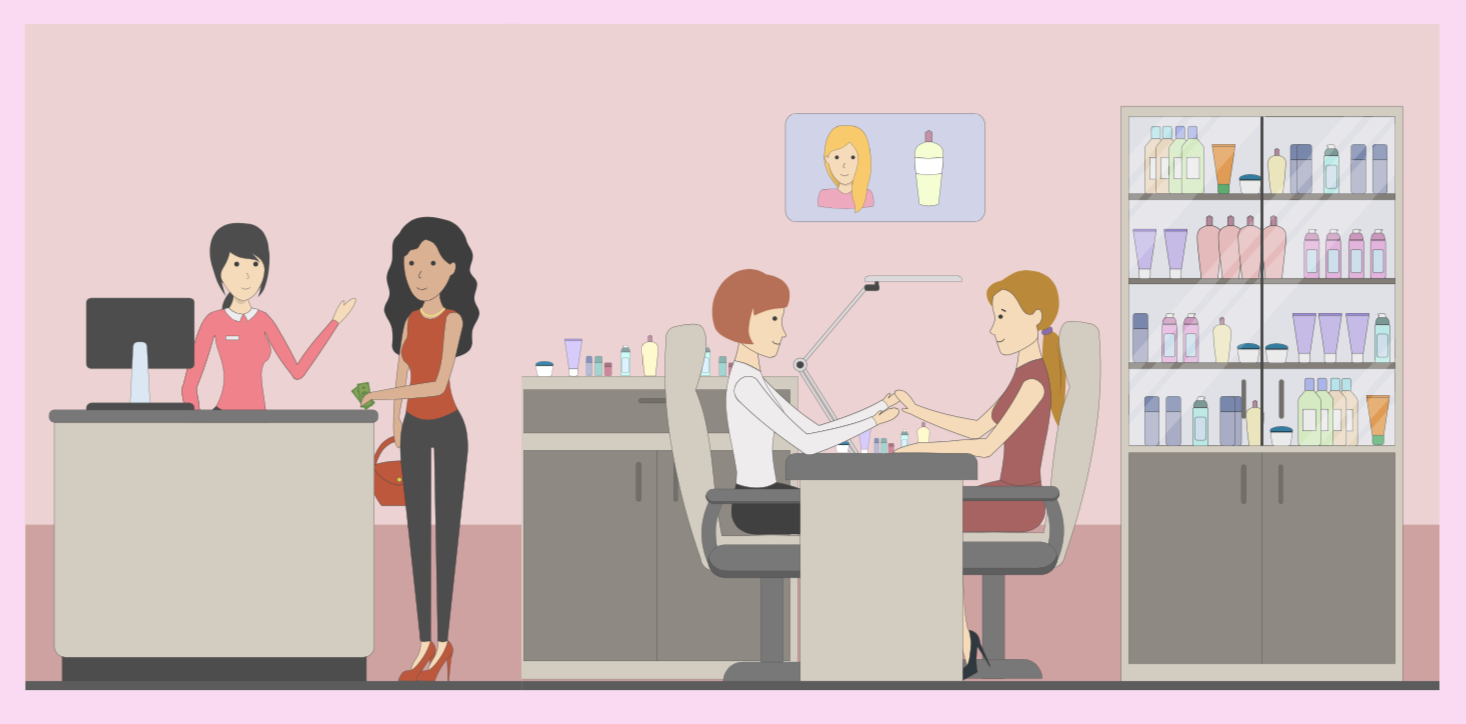

 Congratulations to UCLA Associate Professor,
Congratulations to UCLA Associate Professor, 
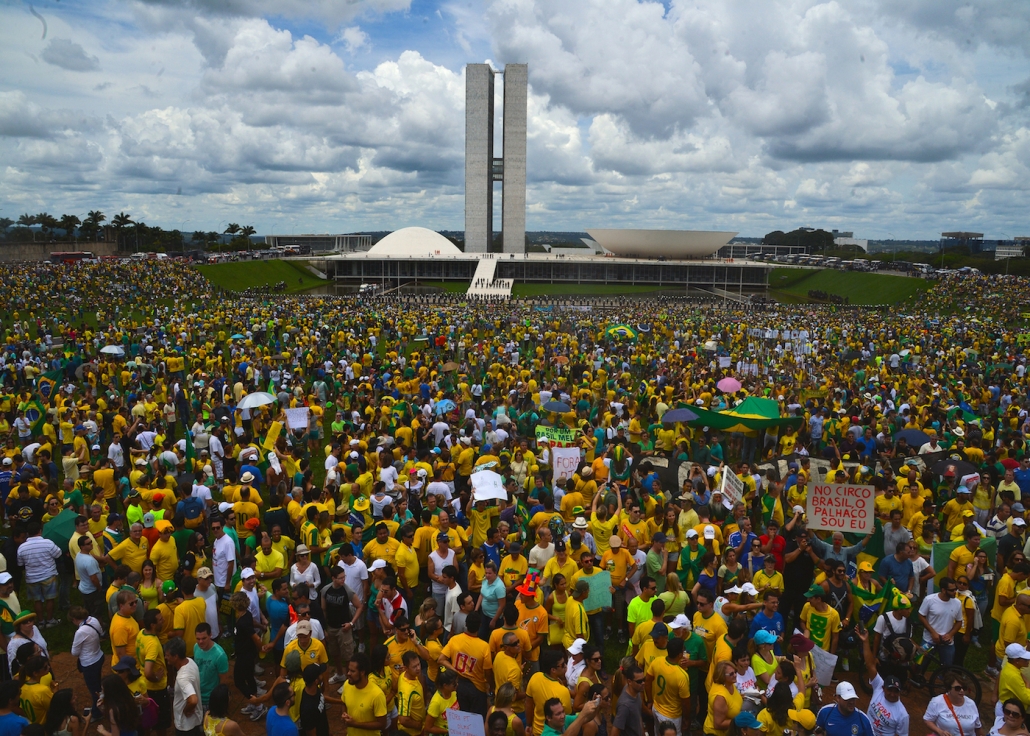

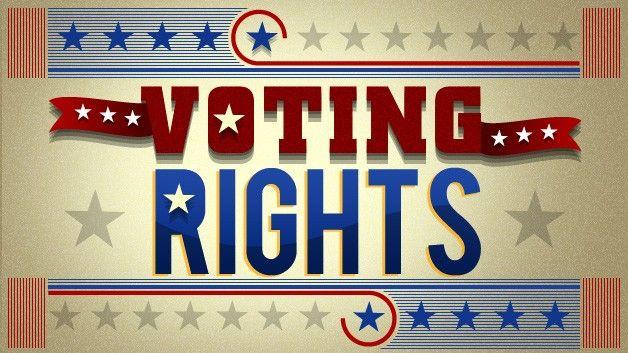
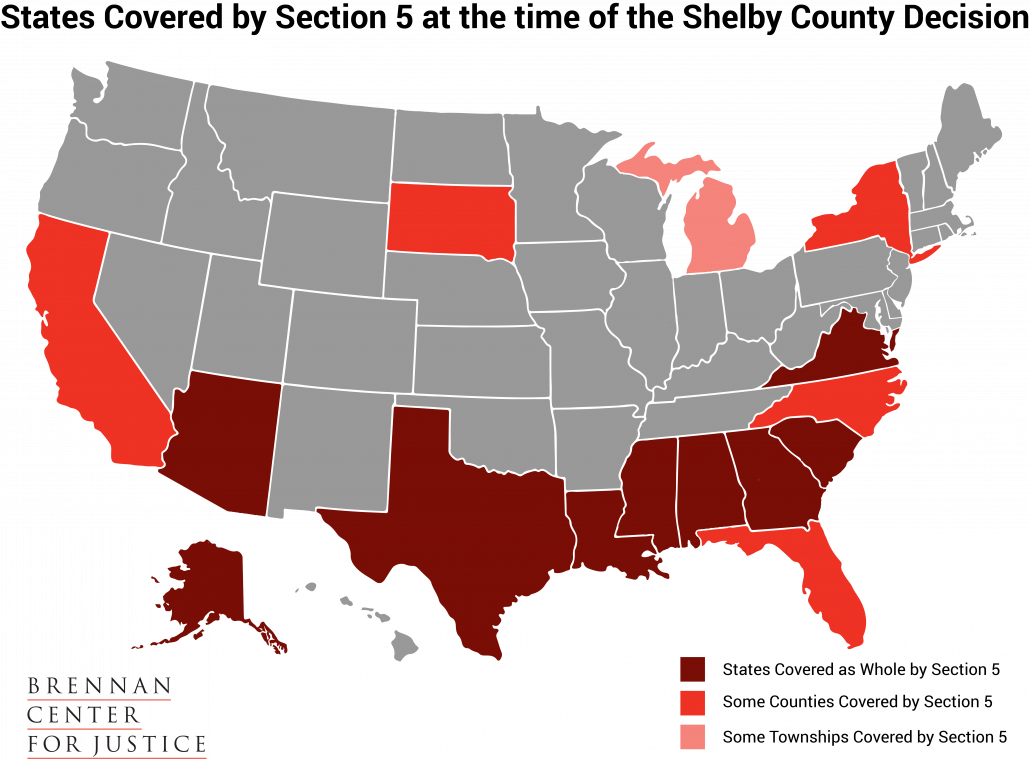
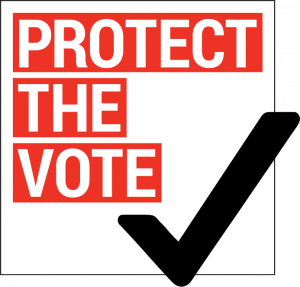 Barreto collaborated with University of New Mexico Professor Gabriel Sanchez, to implement a large statewide survey of eligible voters across the state of Texas and determine what types of documents and identifications potential voters in Texas possessed. For would-be voters who did not have a proper photo ID, the survey probed if they had the necessary underlying documents needed to go an obtain an ID. Further, Barreto and Sanchez assessed the barriers placed in front of Texas citizens to get a photo ID, such as needing to take time off work, having to find someone to provide transportation, having to drive over 20 miles to the nearest driver’s license office, or having to pay fees to track down their original birth certificate. In full, the social science research pointed to a clear pattern of discriminatory effect in which blacks and Latinos in Texas were statistically less likely to possess a photo ID, and statistically less likely to have the underlying documents necessary to obtain an ID. Further, due to extensive disparities in socioeconomic status, blacks and Latinos in Texas faced considerably more barriers than whites in being able to obtain an ID.
Barreto collaborated with University of New Mexico Professor Gabriel Sanchez, to implement a large statewide survey of eligible voters across the state of Texas and determine what types of documents and identifications potential voters in Texas possessed. For would-be voters who did not have a proper photo ID, the survey probed if they had the necessary underlying documents needed to go an obtain an ID. Further, Barreto and Sanchez assessed the barriers placed in front of Texas citizens to get a photo ID, such as needing to take time off work, having to find someone to provide transportation, having to drive over 20 miles to the nearest driver’s license office, or having to pay fees to track down their original birth certificate. In full, the social science research pointed to a clear pattern of discriminatory effect in which blacks and Latinos in Texas were statistically less likely to possess a photo ID, and statistically less likely to have the underlying documents necessary to obtain an ID. Further, due to extensive disparities in socioeconomic status, blacks and Latinos in Texas faced considerably more barriers than whites in being able to obtain an ID.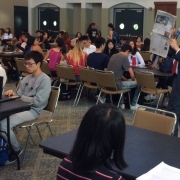
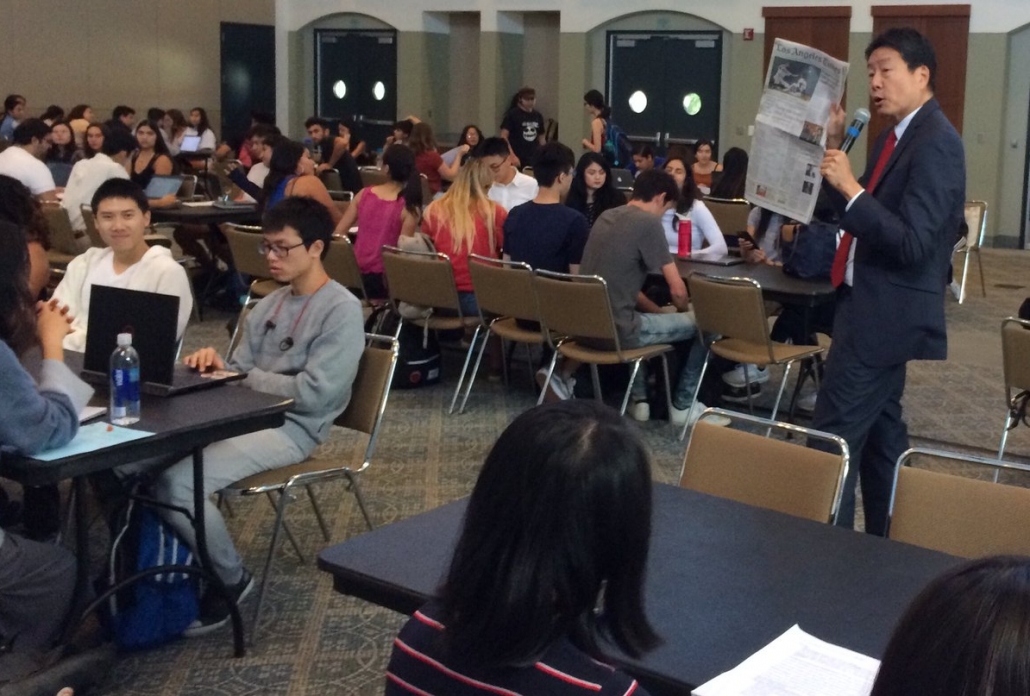


 RR: It goes hand in hand, right? You can’t just choose one over the other. But even our going into a class once a week or once a day is going to turn into a long-term change. We never know which of these (incarcerated) girls are future senators. She will be making systemic change. I think there’s no one right place to start. Just start somewhere. It’s hard to see it, but especially with such personal work, eventually you will see the change.
RR: It goes hand in hand, right? You can’t just choose one over the other. But even our going into a class once a week or once a day is going to turn into a long-term change. We never know which of these (incarcerated) girls are future senators. She will be making systemic change. I think there’s no one right place to start. Just start somewhere. It’s hard to see it, but especially with such personal work, eventually you will see the change.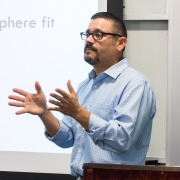
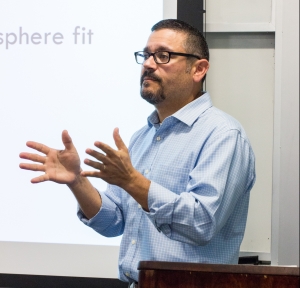
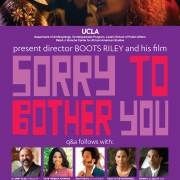
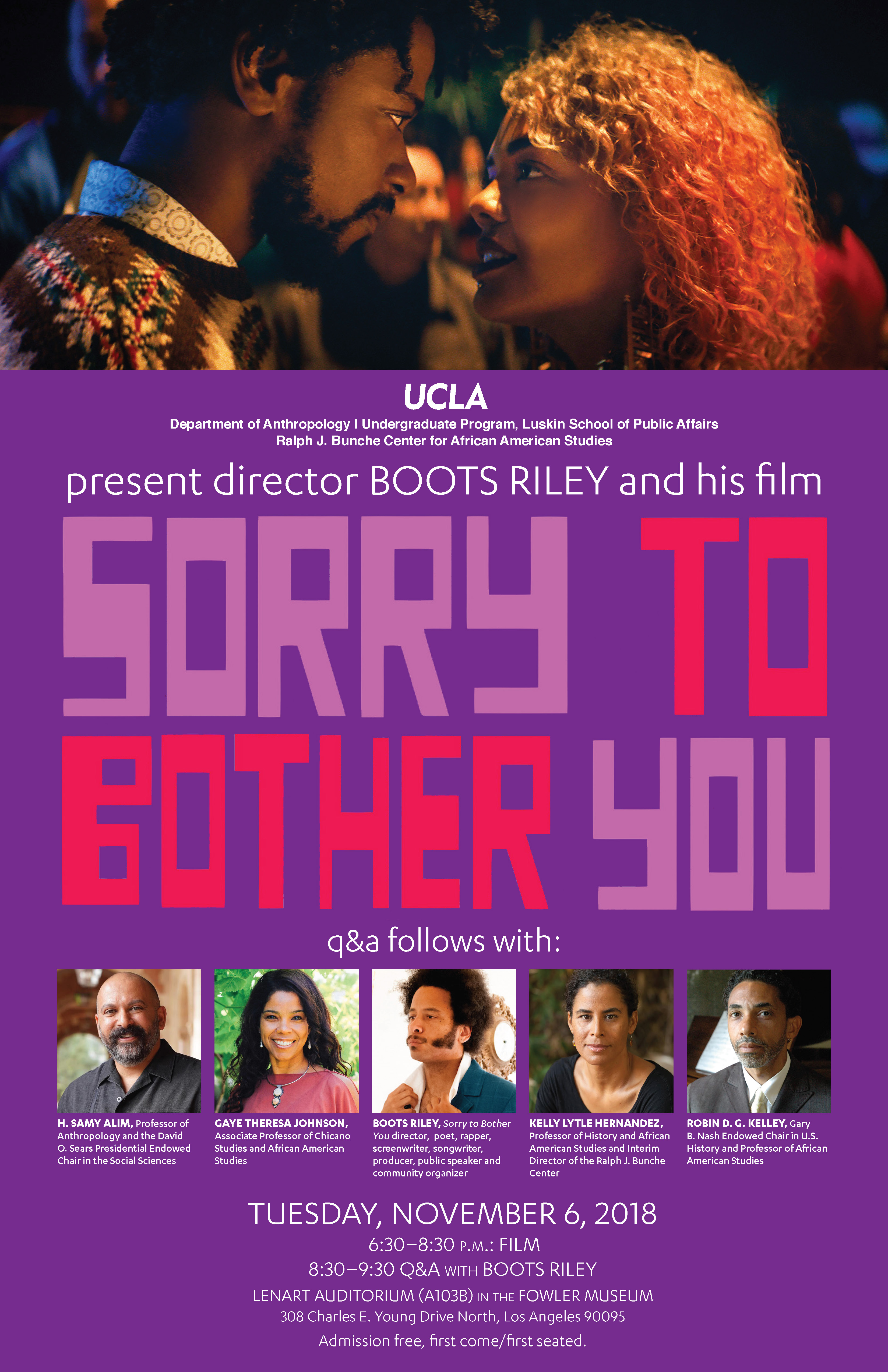
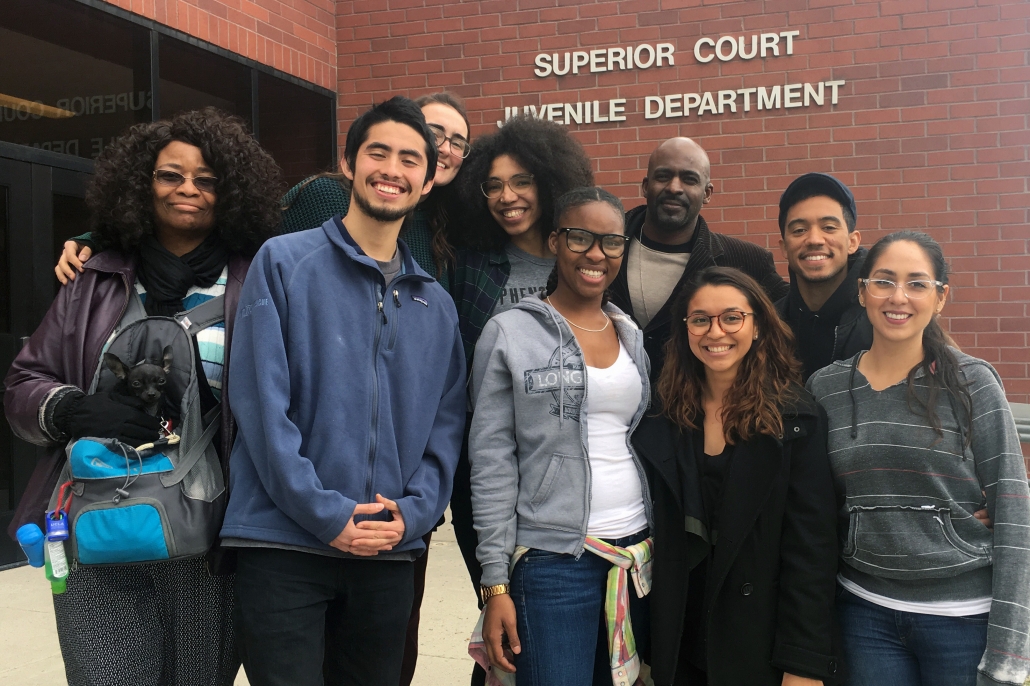
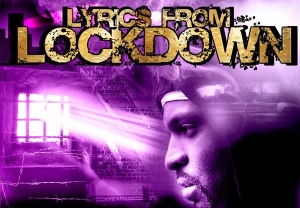 BB: We’re in a time where there’s more of a movement to do many of the things that some folks realized need[ed] to happen 20 years ago, but there was no movement in place. Without a mass social movement, it’s very difficult to make change that is lasting, systemic and happens at an institutional level. So that is the biggest difference. I finished law school and I had a really unbelievable media platform: I had access to people who wanted to tell my story to 20 million people. And so because of
BB: We’re in a time where there’s more of a movement to do many of the things that some folks realized need[ed] to happen 20 years ago, but there was no movement in place. Without a mass social movement, it’s very difficult to make change that is lasting, systemic and happens at an institutional level. So that is the biggest difference. I finished law school and I had a really unbelievable media platform: I had access to people who wanted to tell my story to 20 million people. And so because of 